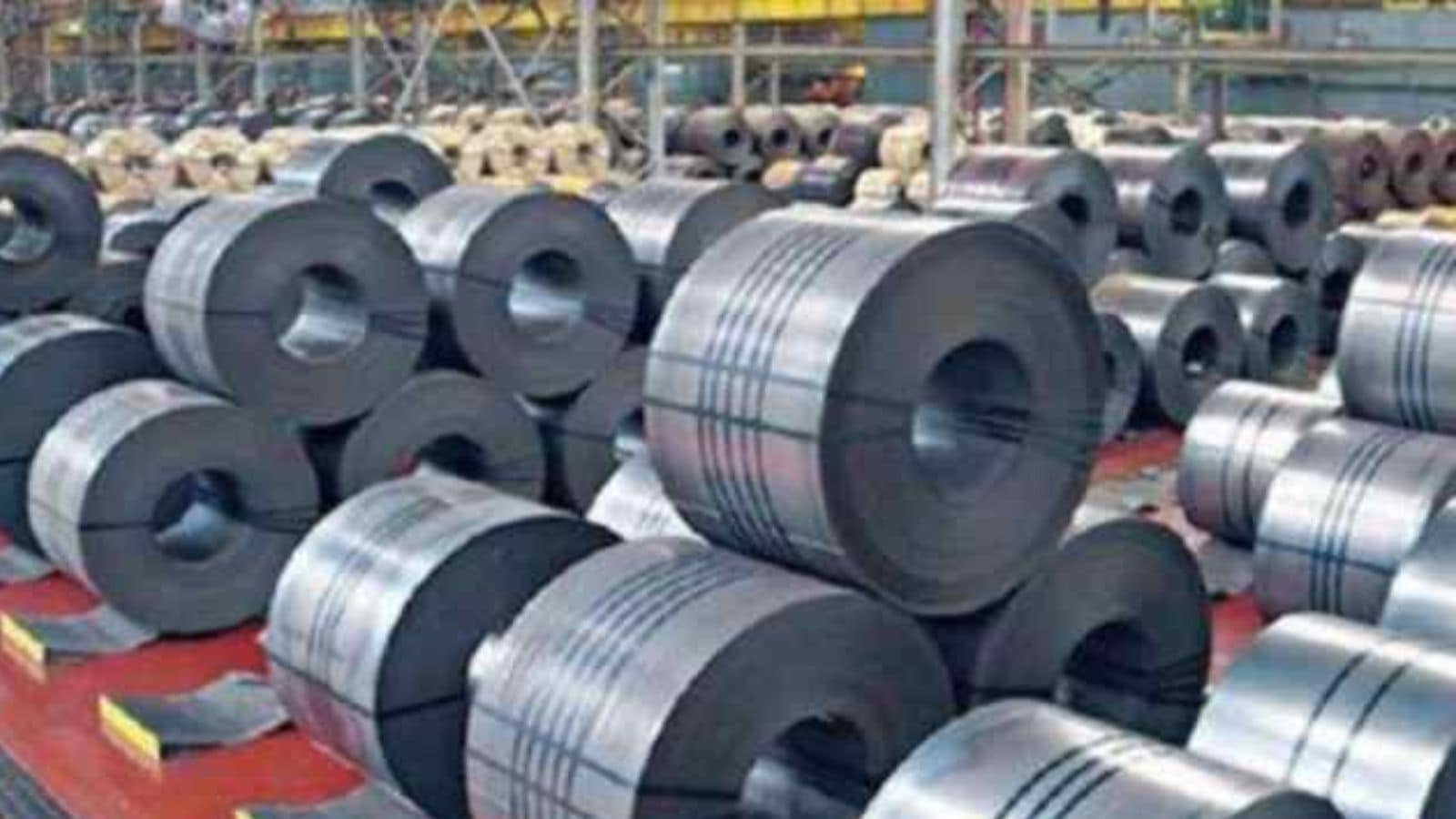The United States has rejected India’s notice at the World Trade Organization (WTO), which proposed retaliatory action against the 25 per cent US tariffs on steel and aluminium, arguing that the tariffs were imposed on national security grounds. The US also pointed out procedural errors in India’s case.
In its note dated May 23, the US stated that India is wrongly treating the tariffs on steel and aluminium as safeguard measures. It clarified that these duties were imposed under US law (Section 232), which allows such action if imports are considered a threat to national security.
This development is significant as US President Donald Trump on Friday announced a move to double import tariffs on steel to 50 per cent — a step Indian exporters have called “unfortunate”, warning that they have already lost $5 billion in exports due to earlier tariffs, and further hikes could deepen losses.
“The United States will not discuss the Section 232 tariffs under the Agreement on Safeguards as we do not view the tariffs as a safeguard measure,” the US told the WTO Council for Trade in Goods in response to India’s challenge.
In FY2025, India exported $4.56 billion worth of iron, steel, and aluminium products to the US, including $587.5 million in iron and steel, $3.1 billion in articles of iron or steel, and $860 million in aluminium and related goods. These exports now face sharply higher US tariffs, threatening the profitability of Indian producers and exporters.
The US also claimed that India had committed procedural errors. “India never acknowledged the United States’ offer to discuss these tariffs in our response dated 16 April 2025. Accordingly, India has not complied with the obligations under the Agreement on Safeguards, the agreement that it mistakenly contends applies to the tariffs in question,” the US note said.
Ajay Srivastava, former trade officer and head of the Global Trade Research Initiative (GTRI), said India now has several options. One is to launch a formal WTO dispute, not under the Safeguards Agreement, but under broader GATT rules, challenging the Section 232 tariffs as disguised protectionist measures.
Story continues below this ad
“India could argue that the US is abusing the national security exception, referring to earlier WTO rulings that limit how Article XXI can be invoked. However, this legal path carries risks, as the US has a track record of disregarding WTO rulings on national security,” GTRI said.
A more forceful approach would be for India to impose retaliatory tariffs on its own, even without WTO authorisation, Srivastava said. He noted that other countries such as the EU, Canada, and China have already done this in response to the US Section 232 tariffs, as a political signal of resistance.
“While this sends a clear message, it also risks US countermeasures and potential legal battles. GTRI believes that although India has legal and diplomatic options, it may decide not to act immediately,” Srivastava said. GTRI suggested that a pragmatic path would be for India to use the ongoing bilateral Free Trade Agreement (FTA) negotiations with the US as the main platform to resolve the issue.



